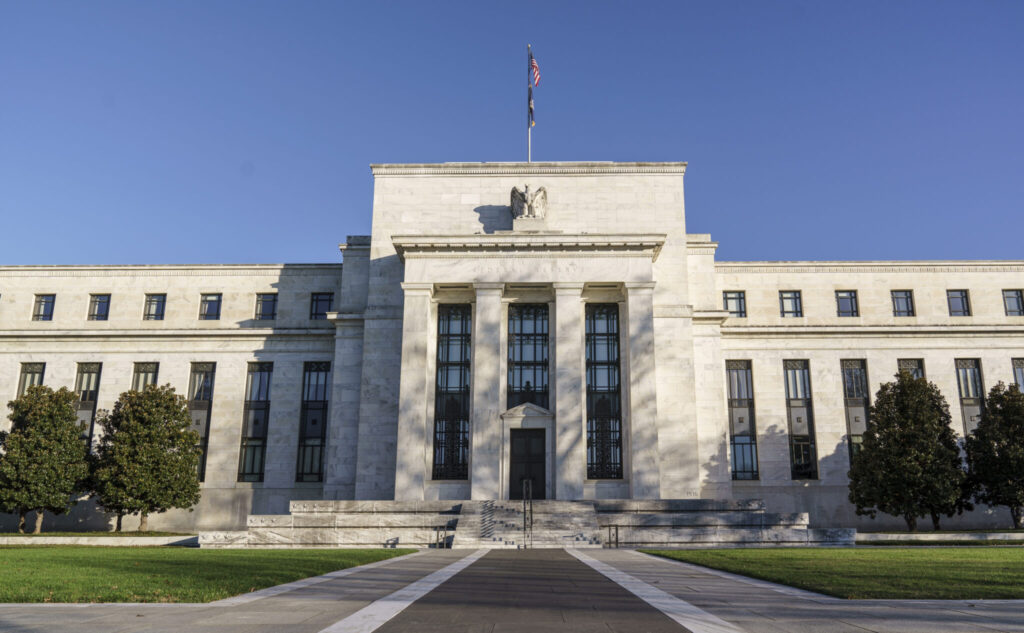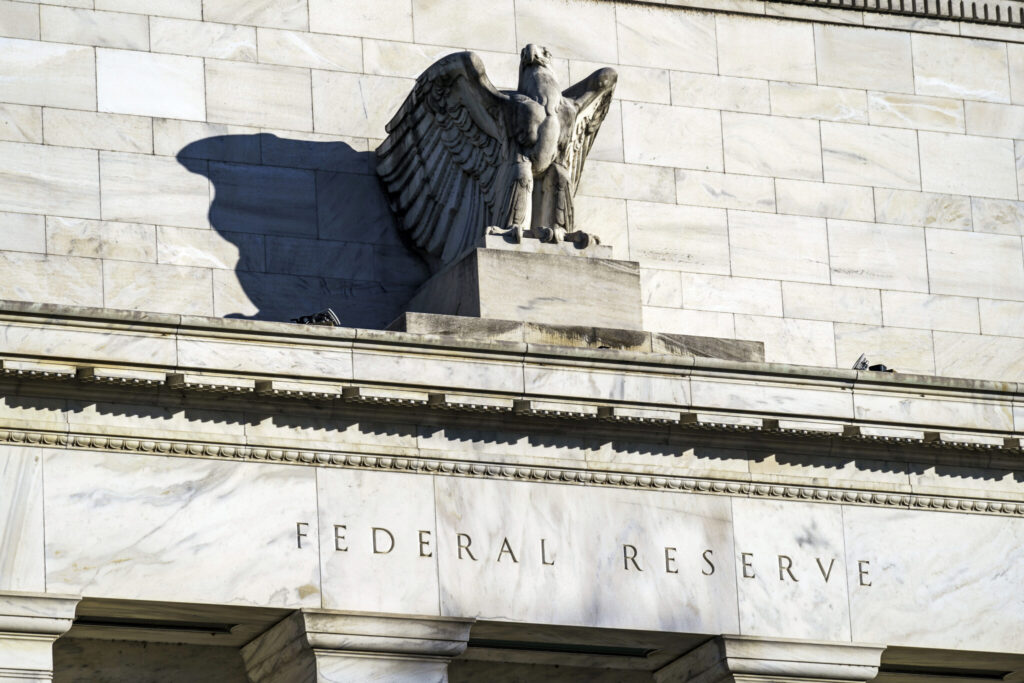Fed rate reduction/ monetary easing/ interest rate adjustment/ borrowing cost cut/ Newslooks/ WASHINGTON/ J. Mansour/ Morning Edition/ The Federal Reserve is expected to lower its benchmark interest rate on Wednesday for the first time in over four years, following a significant reduction in inflation. While the exact size of the cut remains unclear, the decision is driven by the Fed’s focus on supporting the job market and economic growth. The rate cut could lead to lower borrowing costs for consumers and businesses ahead of the upcoming presidential election.

Federal Reserve Interest Rate Cut: Quick Looks
- First Rate Cut in 4 Years: The Fed is set to lower rates for the first time since 2020, responding to falling inflation.
- Uncertainty Over Size: Economists are split on whether the Fed will opt for a half-point or quarter-point rate cut.
- Economic Impact: Lower rates are expected to reduce borrowing costs for mortgages, auto loans, and business lending.
- Inflation Under Control: Inflation dropped to 2.5%, close to the Fed’s target, after peaking at 9.1% in 2022.
- Political Climate: The rate cut comes just weeks before the 2024 presidential election, with both political parties addressing the economy.
Federal Reserve to Cut Rates for First Time Since 2020
Deep Look:
The Federal Reserve is preparing to take a significant step on Wednesday by cutting its benchmark interest rate for the first time since 2020, signaling a shift in focus from combating inflation to fostering a healthier job market and sustained economic growth. This decision comes after more than four years of steadily increasing interest rates to counter inflation, but with inflation now nearing the Fed’s target of 2%, officials are poised to ease their tight monetary policy.
The upcoming rate cut has stirred debate over its potential size. Some analysts and Wall Street traders anticipate a larger-than-usual half-point reduction, while others expect a more traditional quarter-point cut. A half-point cut would be a bold move, indicating the Fed’s commitment to boosting the economy as inflation recedes. However, the exact decision remains uncertain as policymakers aim to strike a balance between stimulating growth and maintaining economic stability.
Inflation, which peaked at 9.1% in June 2022, has since dropped to 2.5%, just slightly above the Fed’s 2% goal. After raising interest rates 11 times in 2022 and 2023, pushing borrowing costs to their highest level in two decades, the Fed’s efforts have successfully curbed inflationary pressures. Chair Jerome Powell confirmed this in a speech last month, expressing confidence that inflation is largely under control. As a result, the central bank’s attention has shifted toward ensuring the economy avoids a significant downturn, while still supporting moderate job growth.
The focus on a so-called “soft landing” — where inflation is tamed without causing a sharp economic contraction — remains critical for Fed officials. Wage growth has slowed, which helps reduce the risk of inflation from rising labor costs. Additionally, falling oil and gas prices signal that inflation may continue to decline in the coming months. At the same time, consumer resistance to high prices has pressured companies like Target and McDonald’s to offer discounts, further easing inflationary pressures.
Despite these positive trends, concerns about the labor market persist. Hiring has slowed, and the unemployment rate has risen from a historic low of 3.5% in April 2023 to 4.2%. Although the uptick in unemployment is partly due to an increase in new job seekers, such as recent graduates and immigrants, it has raised alarms among Fed officials. Powell emphasized in his recent speech that the Fed remains committed to supporting the labor market and that any further weakening would be “unwelcome.”
The size of the upcoming rate cut could reflect the Fed’s approach to dealing with these mixed signals from the economy. A half-point cut would demonstrate that the central bank is highly focused on preventing economic stagnation. On the other hand, a quarter-point reduction would signal caution, as the economy continues to grow at a solid pace despite the challenges.
The central bank’s moves come just weeks before the 2024 presidential election, injecting a political dimension into its decision-making. High interest rates and the elevated cost of living have been key issues for voters. Former President Donald Trump has criticized the current economic conditions, pointing to rising prices as evidence of mismanagement. Vice President Kamala Harris, however, has argued that Trump’s trade policies, including proposed tariffs on all imports, would only increase costs for consumers. The Fed’s rate cuts may provide a boost to the economy, but their timing amid the election could also shape public perception of both parties’ economic platforms.
As the Fed moves to lower rates, borrowers are already seeing some benefits. Mortgage rates, for example, have started to decline in anticipation of the rate cuts. Last week, the average 30-year mortgage rate dropped to 6.2%, its lowest level in 18 months, down from a peak of nearly 7.8%. Similarly, yields on the five-year Treasury note, which influence auto loan rates, have also decreased. These lower borrowing costs could encourage consumers and businesses to take on new loans and increase spending, providing a boost to the broader economy.
However, not all economists agree on the necessity of a large rate cut. Some argue that with inflation declining and the economy still growing, there is no immediate need for aggressive action. Historically, the Fed has reserved half-point or larger cuts for emergency situations, such as the onset of the COVID-19 pandemic in 2020. In contrast, the current economic environment is more stable, though still facing uncertainties.
Looking ahead, the rate cut expected on Wednesday may be just the first of several reductions that extend into 2025. While the exact path remains unclear, the Fed is expected to continue its efforts to find a balance between lowering rates and sustaining economic growth without reigniting inflation.







